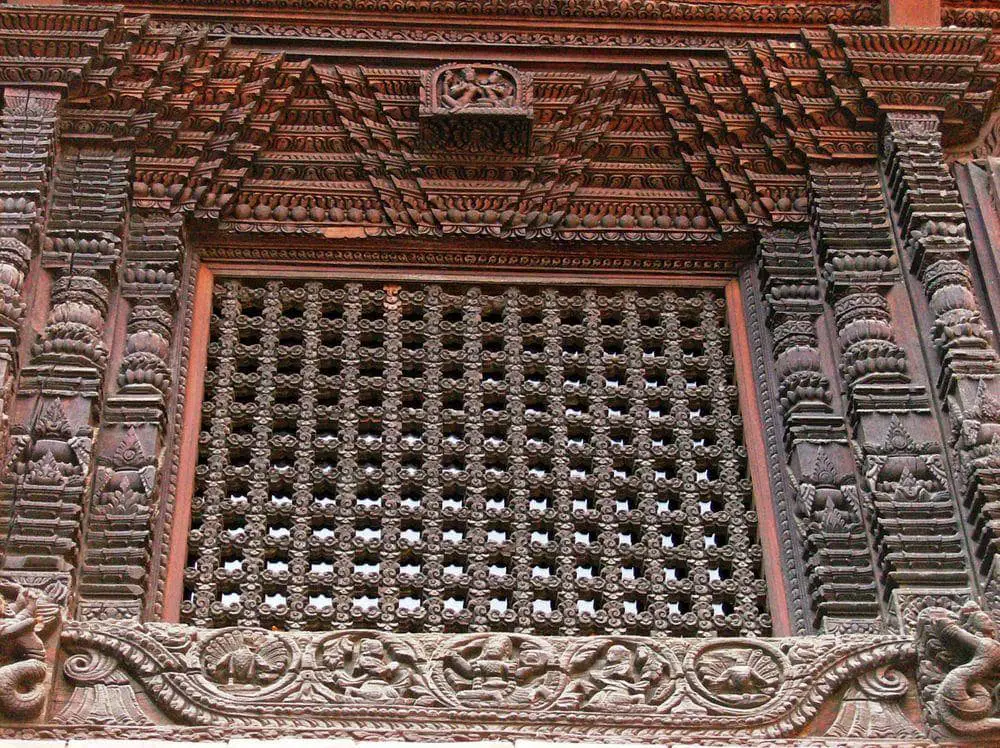Cities and towns 🢔 Settlements 🢔 Architectural wonders 🢔 Categories of wonders
Wonder
Patan Durbar Square
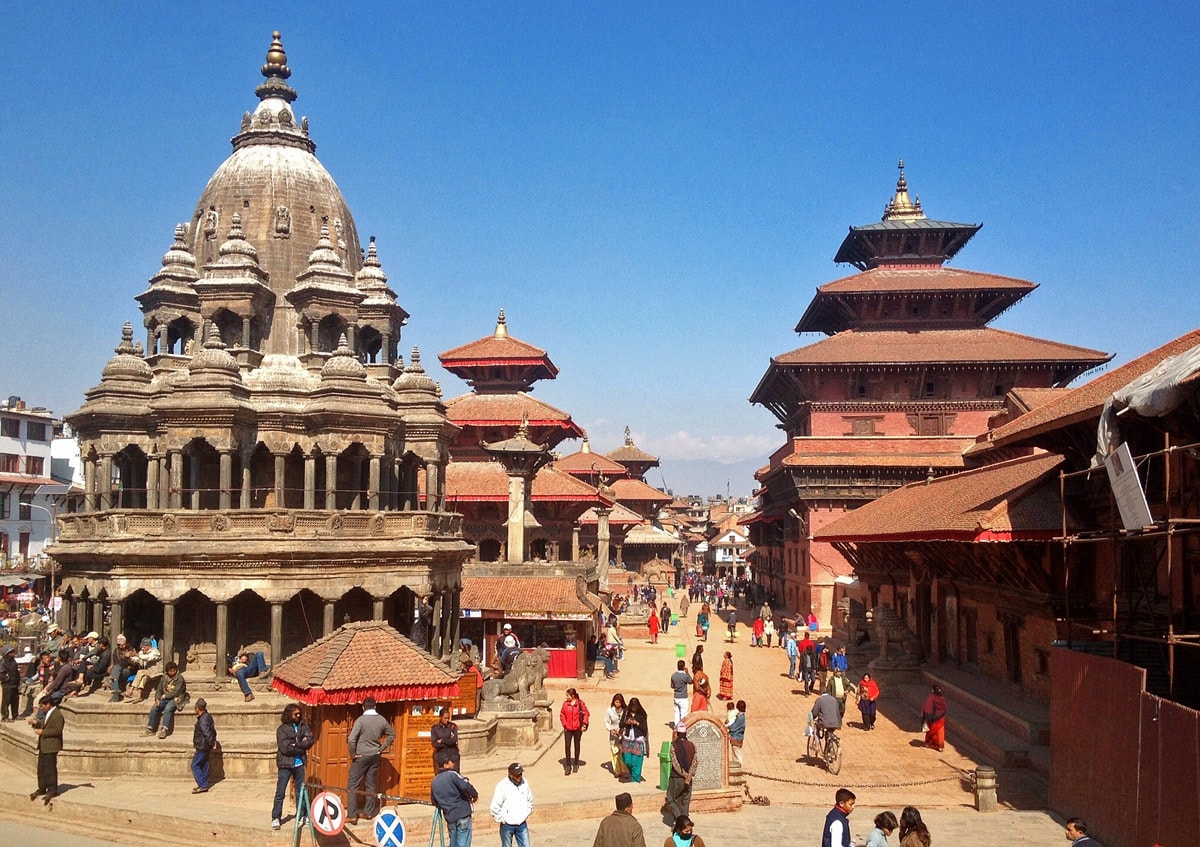
 In short
In short
Nepal is much more than Himalaya. Patan Durbar Square in Kathmandu Valley clearly illustrates this – this ancient city is a treasure trove of unusual architecture and exquisite art values.
 47.3%
47.3%
GPS coordinates
Location, address
Name in Nepali
Alternate names
UNESCO World Heritage status
Founded
Flourished
Map of the site
If you see this after your page is loaded completely, leafletJS files are missing.
 In detail
In detail
…April 25, 2015, was a dark day in the history of Lalitpur – an earthquake damaged many beautiful buildings around Patan Durbar Square.
Kathmandu Valley
Safe haven at Himalaya
World’s tallest mountains – Himalaya – serve as a natural barrier between South and Eastern Asia.
Nevertheless since antiquity traders learned how to cross them. The path was very dangerous and traders had to be very careful and choose the right weather conditions. Often they had to stay in safe valleys for months and wait for the right season with better weather.
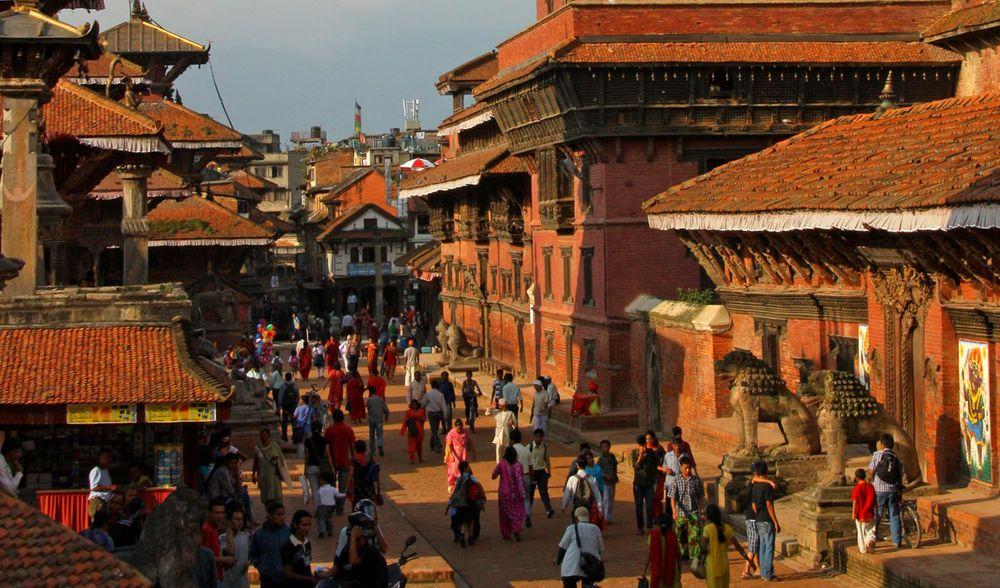
Kathmandu Valley is such a valley. And it is a large valley with enough place for several large settlements. Thus traders had a choice and could select a town of their liking.
City states
Settlements in Kathmandu Valley started to develop very long ago – possibly millennia ago.
As time went, several of these settlements, such as Kathmandu, Patan, Bhaktapur, Kirtipur, Basantpur, and others were more successful and in the medieval times Kathmandu Valley in many respects was similar to Italian Renaissance city-states: each of cities was rich, influential, with its own school of art and architecture.
History of Patan
Nawar culture
One of the local city centers was Patan or Lalitpur. It is possible that this city was founded in the 3rd century BC by Kirati people and later turned into a center of Newar culture. City, its architecture, and art developed under the influence of Buddhist and Hindu religions as well as multiple nations living and trading here.
Historical Newar architecture and art are distinct, very elaborate, and belongs on the list of the highest achievements of humankind. Especially developed is woodcarving, stone, brick, and brass craftsmanship – few cultures in the world have been that skillful as Newars in this respect.

Malla kings
Patan was important centre and may be even a capital to some region but it started to flourish when around 1370 AD from the present day India arrived Malla kings. They built their palace (or extended earlier palace) at the crossroads in the centre of city and in the following centuries around this palace was built a cluster of incredibly ornate and beautiful buildings.
Malla kings were the first who managed to unite the Kathmandu valley under a single state and turned their capital city – Patan – into major centre of Buddhism.
Rivalry of three kingdoms
In 1483 the valley again was divided between three kingdoms – Patana, Kathmandu, and Bhaktapur (Bhadgaon). These cities are located close together and today form a single metropolitan region. Thus Patan is divided from Kathmandu with the holy Bagmati River and both banks of this river are densely built.
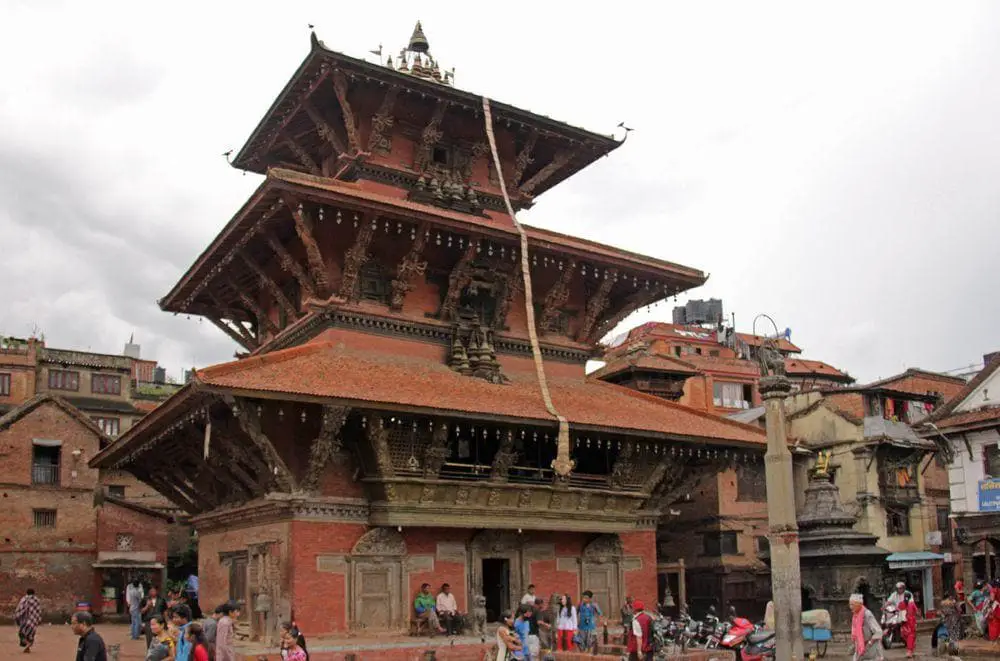
Back then, in the late 15th century started a period of rivalry between the three cities. Frequent skirmishes and occasional war took place, but in this period flourished also architecture and art – rivalry between the three kingdoms required more and more ornate buildings, most beautiful works of art and most impressive festivities.
Unified Nepal
Of course, such "endless party" cannot last forever. States in Kathmandu Valley became weaker and weaker and the importance of Malla kings diminished.
In 1769 whole Kathmandu Valley was conquered by Prithvi Narayan Shah – great statesman from another valley in the present day Nepal. The last king of Malla – Tej Narsingh Malla – left Patan in 1768. Kathmandu became the capital of newly unified Nepal.
Patan, just like other places in Kathmandu Valley, often experiences earthquakes. Thus, over the last centuries, disastrous earthquakes took place in 1833 and 1934 (the last was somewhat less devastating in Patan), most of the buildings were destroyed. Locals though have carefully rebuilt most of them.
The beautiful cities and other landmarks of Kathmandu Valley were among the first to be included in the UNESCO World Heritage List in 1979.
Description
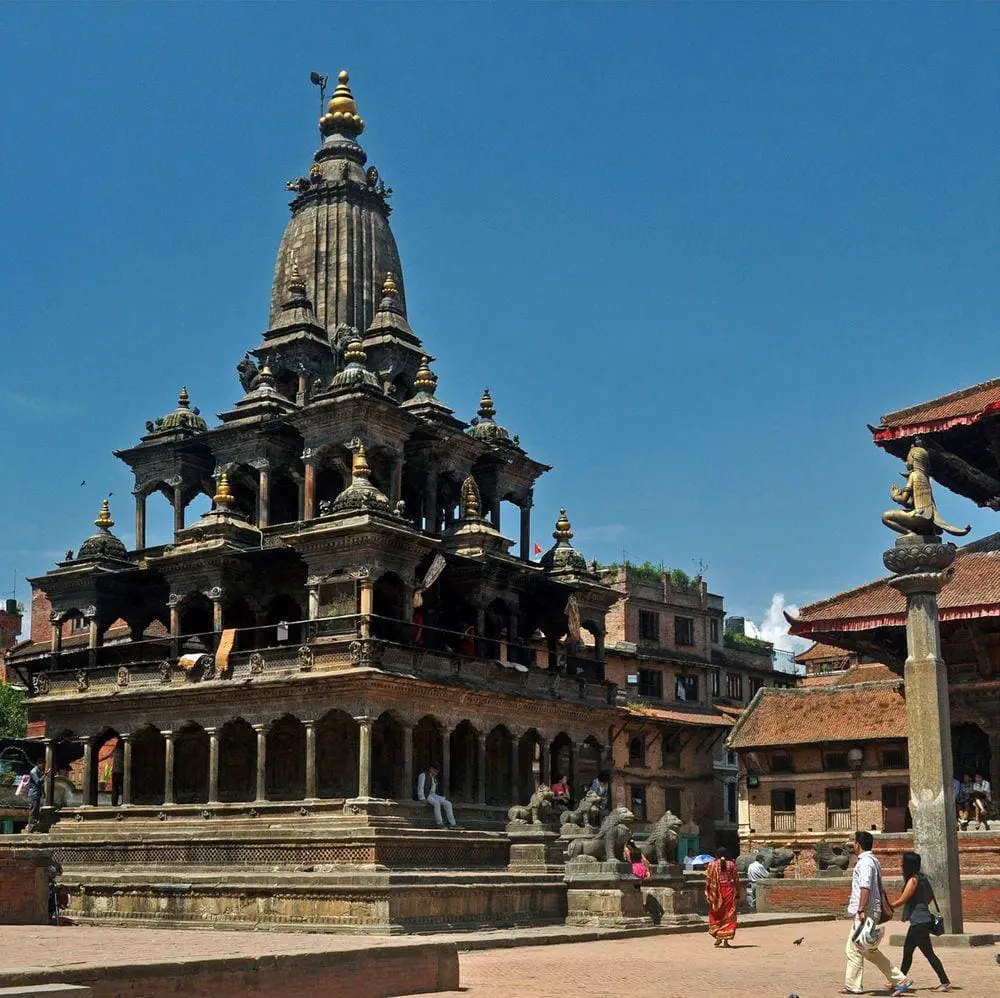
As usual before the modern age, city was built from the locally available materials. Here such materials are stone, timber and clay which is suitable for bricks and terracotta.
Central feature of this city is Patan Durbar Square – area around the palace at the ancient crossroad.
This square is laid with red bricks and surrounded by exceptionally beautiful buildings, mostly palace buildings, temples, statues and also old residential buildings.
Most of buildings are adorned with exquisite woodcarvings, which cover door portals, windows, roof struts.
In the city are 136 courtyards (bahals) and 55 larger temples, most of them near the Durbar Square.
Most of the current structures were built in the 17th century, during the reign of King Siddhinarasimha Malla and his son Srinivasa Sukriti.
The most important buildings

- Palace complex – a palace in Patan, with three main courtyards (Mul Chowk, Sundari Chowk, and Keshav Narayan Chowk) and many other structures – residential, temples, and sanctuaries. Most impressive is Mul Chowk – the central courtyard with Bidya Temple in the center.
- Krishna Mandir – the most important temple in Durbar Square, constructed in 1637. This temple has similarities to temples in Indian Sikhara style and is adorned with exquisite stone carvings and 21 golden pinnacles. Temple has three floors – first is devoted to Krishna, second – to Shiva, and third – to Lord Buddha.
- Bhimsen Temple – this temple is named after the strongman of Mahabharata, god of trade and business. Temple is ornate and well kept, has three floors, and was built in 1680.
- Vishwanath Temple – this temple is devoted to Shiva and constructed in 1627. Roof struts are decorated with erotic carvings and inside the temple is stone linga. Entrance in the temple is guarded by two stone elephants.
- Taleju Bhawani Temple – this temple was devoted to the personal deity of the Malla kings and was built in 1640 although some consider that it was built earlier.
 Linked articles
Linked articles
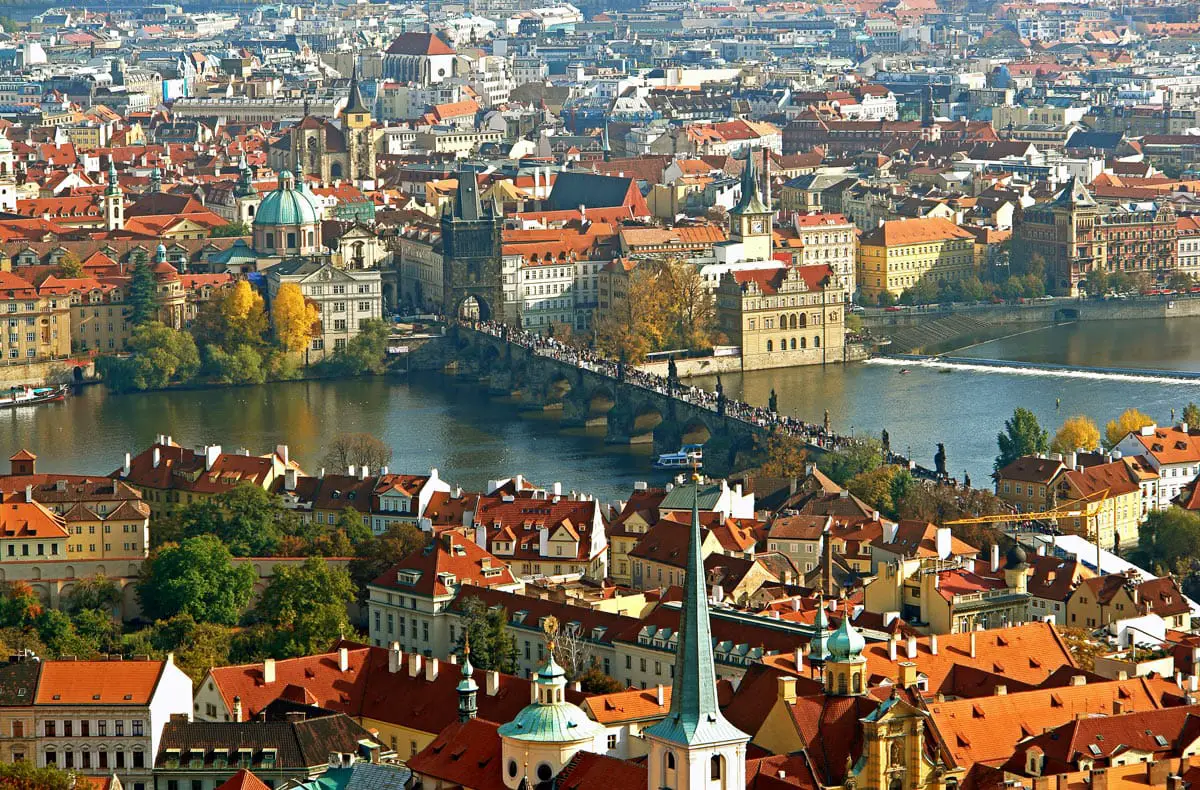
Cities and towns
Many of the most popular and exciting landmarks in the world are cities and towns. Millions of tourists are attracted to such cities as Venice, Florence, Prague, and Jerusalem. They never fail to impress and one will always find something new and unexpected here.
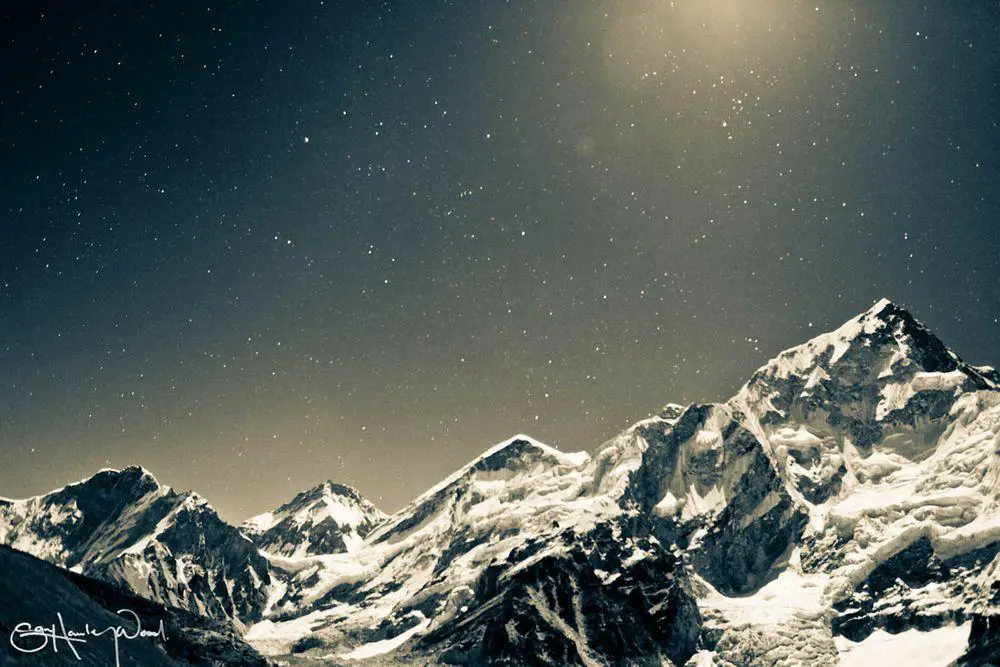
Wonders of Nepal
Most people at first associate Nepal with the breathtaking scenery of the Himalayas and above all – with the world’s tallest mountain – Mount Everest. But there is much more than this: historical cities with breathtaking architecture, holy Buddhist sites, and possible location of the mysterious Shambala – Upper Mustang Valley.
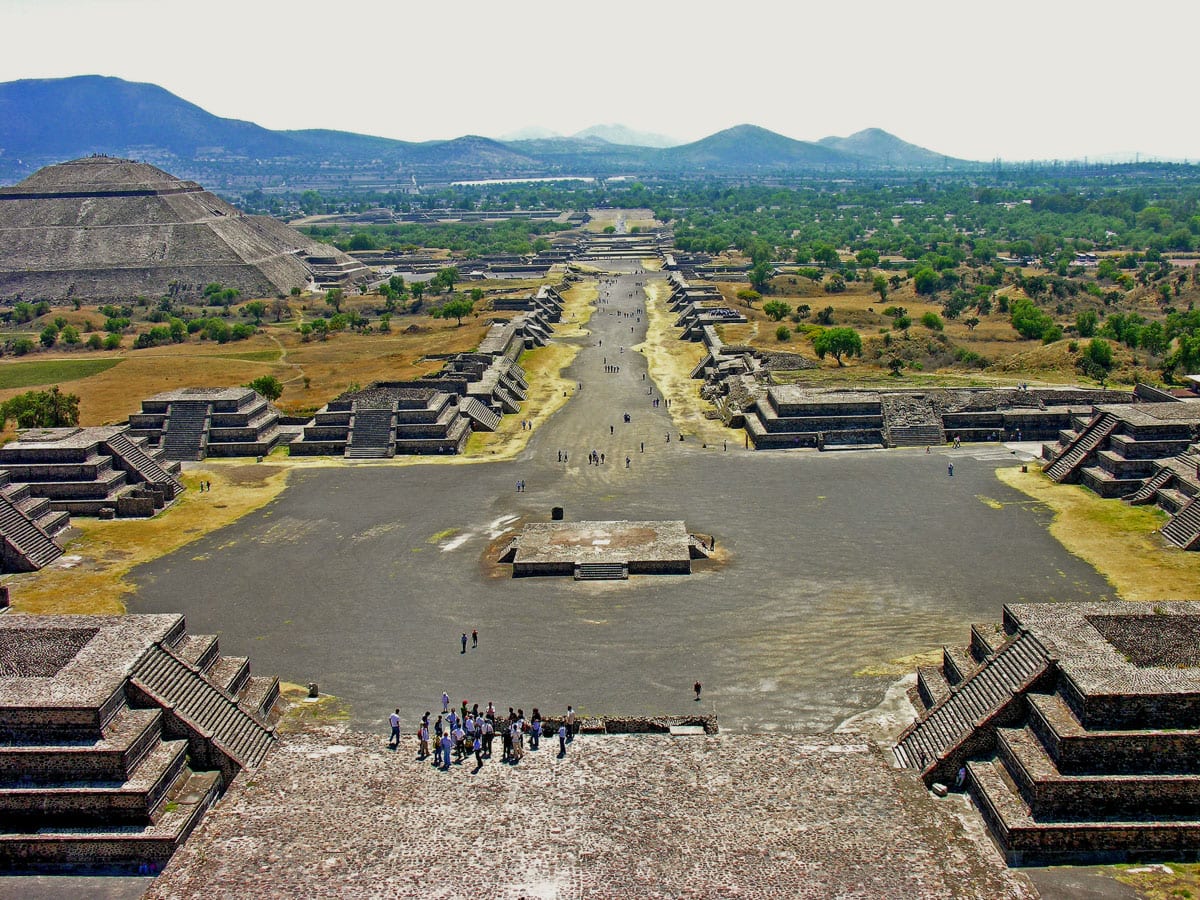
Ancient cities and towns
It turns out that urban planning is a very old profession. The urban fabric of ancient settlements – their structure and evolution gives a lot of food for thoughts about the nature of humans and civilization.
Wondermondo includes in the category of ancient cities and towns those settlements which have developed as urban areas at least 1500 years ago: around 500 AD.
 Recommended books
Recommended books
The Kathmandu Valley
The Kathmandu Valley is the Himalayan locale most often visited by foreign tourists, receiving more than half a million visitors per year. Here is the perfect guide to Kathmandu and environs for anyone who has visited—or ever dreamed of visiting—this spectacular valley, where the ancient and the modern live so inescapably side by side.
Kathmandu: Valley of Gods
Kathmandu, Valley of Gods is more than a collection of inspirational photographs, and Maldini is more than an insightful photographer. Through the photographs, he catches the moments in the eternal beauty of Nepalese spiritual life and traditional architecture. Also, he shows fragments of the everyday life of Kathmandu valley inhabitants.

